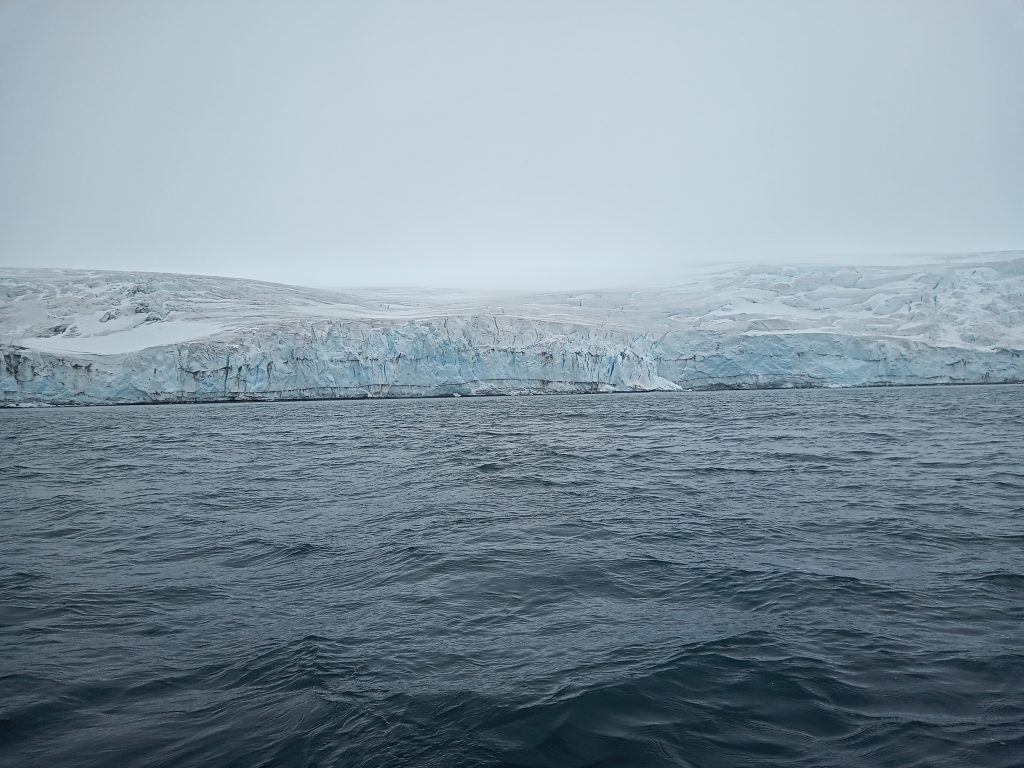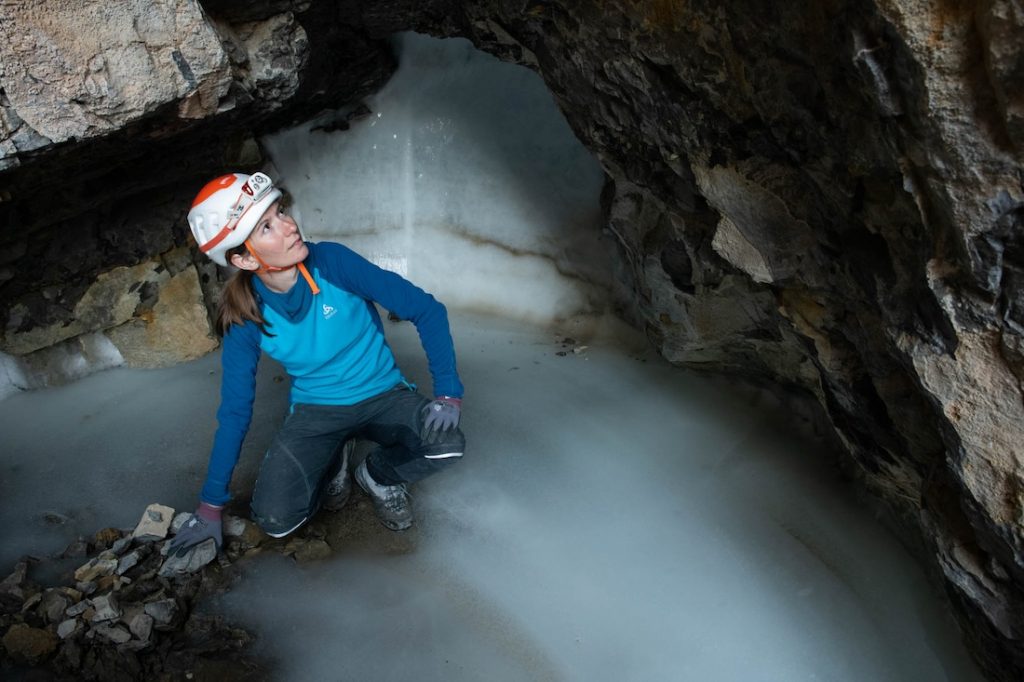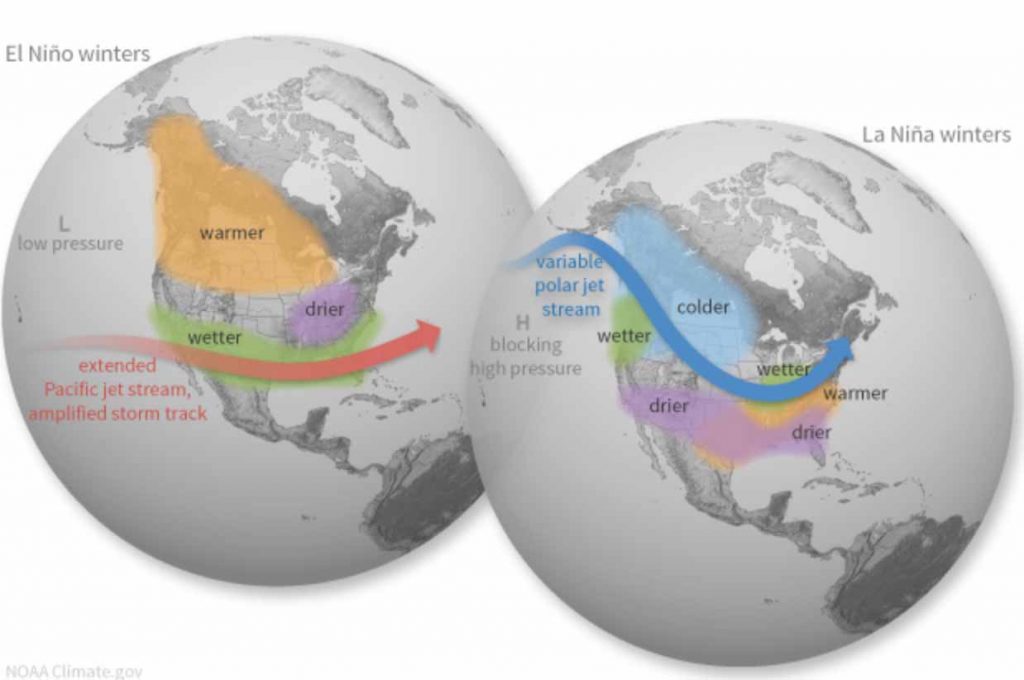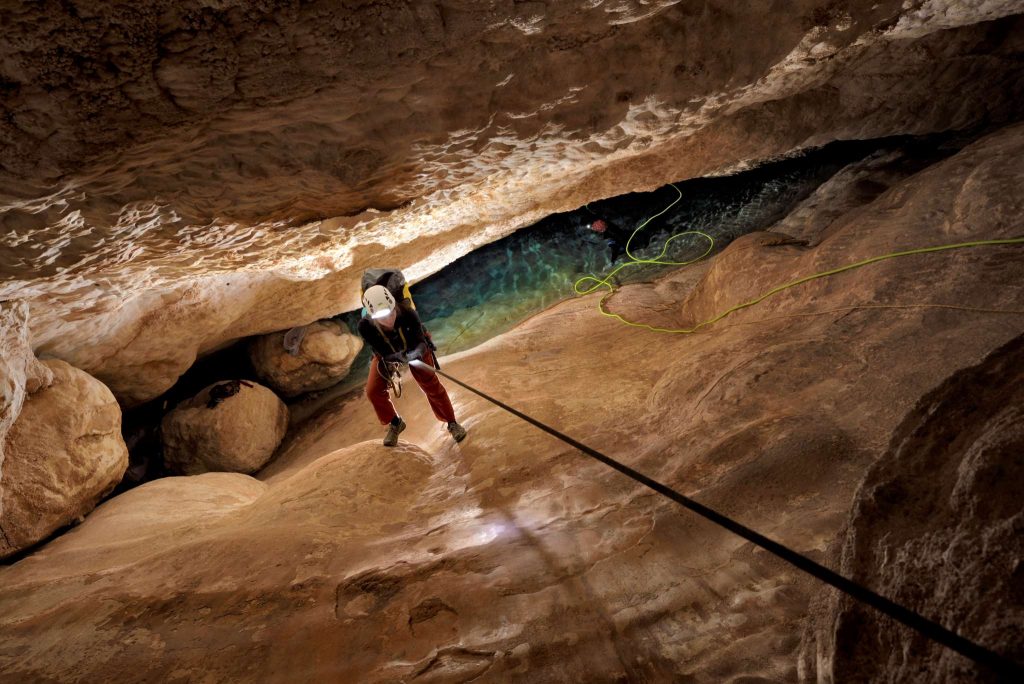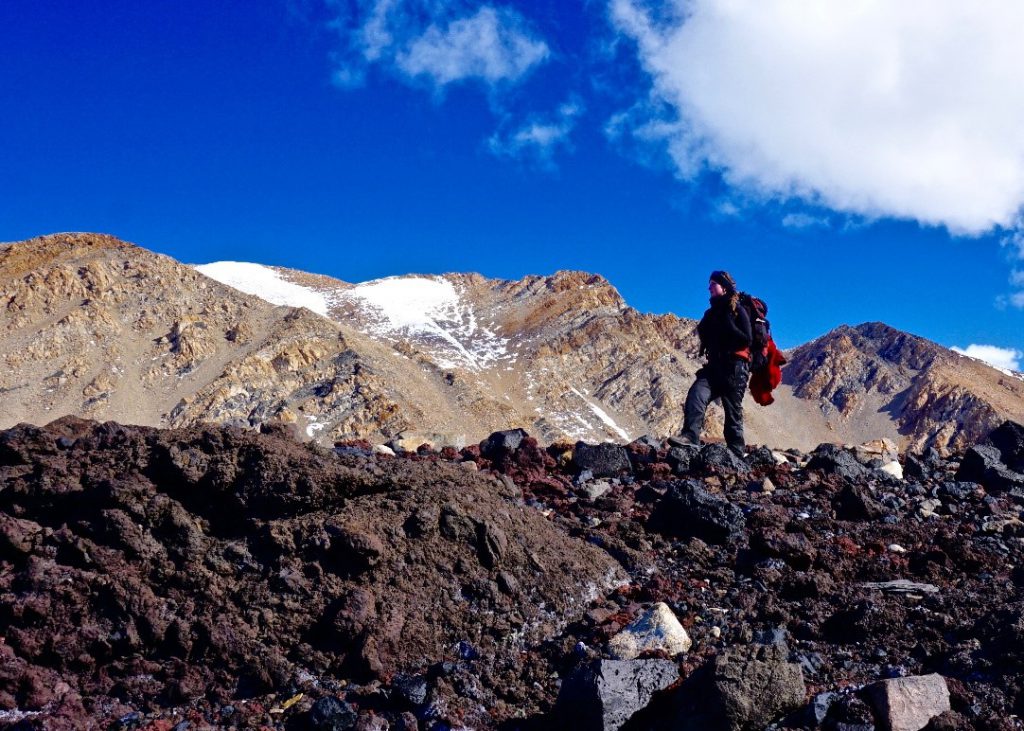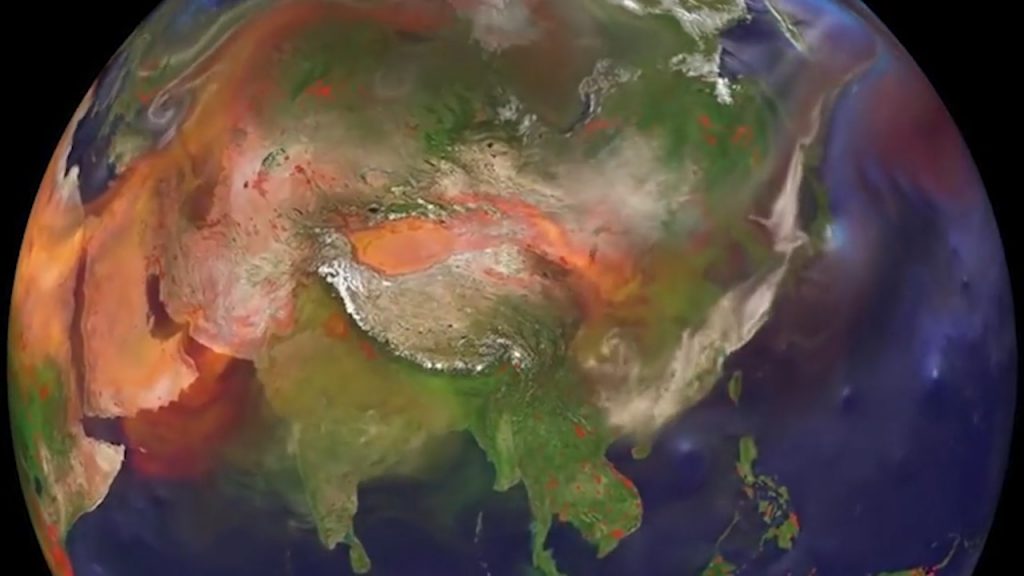Oceanographer discovers how warming waters thousands of miles away increase melting across West Antarctic ice shelf
By Ananya Chandhok Medill Reports, Feb. 20, 2024 How ocean currents circulate heat over thousands of miles is critical for University of Washington oceanographer Channing Prend to understand ice melt in Antarctica. Prend’s research on the West Antarctic ice sheet revealed that heat from water thousands of miles to the north can lead to ice …

